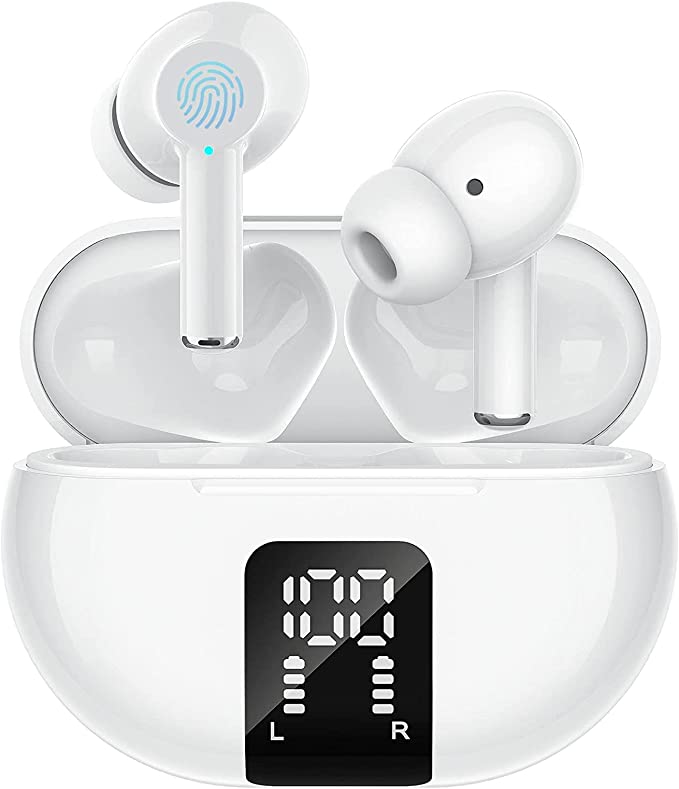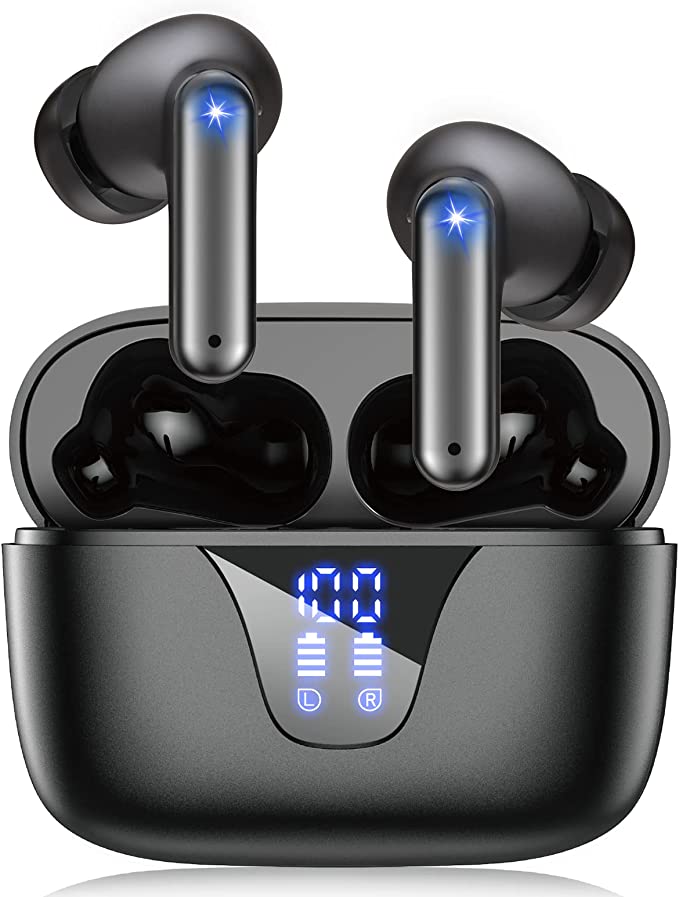Teenage Engineering EP–133 K.O. II: Unleash Your Inner Beatmaker with this Powerful Pocket Sampler
Update on Sept. 22, 2025, 1:08 p.m.
Close your eyes and listen. That gentle hum from your laptop, the distant wail of a siren, the rhythmic clatter of your own keyboard. Our world is a symphony of incidental noises. What if you could capture one—say, the crisp snap of a closing book—and transform it into the percussive heartbeat of a song? What if you could teach that sound to sing?
This is the magic of sampling, an act of sonic alchemy that has powered musical innovation for nearly a century. It began not with silicon chips, but with scissors and tape, when experimental composers in the 1940s, practitioners of musique concrète, physically spliced together fragments of recorded sound. It grew up on the turntables of the Bronx, where hip-hop pioneers discovered that a fleeting drum pattern on an old funk record could become the foundation of a new universe.
Today, this profound capability no longer requires a studio full of hulking equipment or a crate of rare vinyl. It fits in your pocket. To understand the science behind this modern miracle, we need a guide—a case study. And there is perhaps no better example of power and accessibility packed into a deceptively simple form than Teenage Engineering’s EP–133 K.O. II, a device that looks like a retro calculator but thinks like a science lab. We’re not here to review a product, but to use it as a lens to peer into the very ghost in the machine: the hidden science of how sound itself is captured, tamed, and reborn.

The Ghost of Sound: Capture and Digitization
When you press the record button on the K.O. II and speak into its tiny built-in microphone, you are initiating a process as fundamental as photography. You are converting the physical, analog world into a discrete, digital language. An analog sound wave is a continuous, flowing entity, like a current of water. To store it on a chip, it must be measured.
This measurement happens through two key scientific principles: sampling rate and bit depth.
Think of sampling rate as the shutter speed of a high-speed camera. The K.O. II operates at a sample rate of 46.875 kHz, meaning it takes 46,875 “snapshots” of the incoming analog sound wave every single second. Why such a high number? The answer lies in the foundational law of digital audio: the Nyquist-Shannon sampling theorem. Formulated in the mid-20th century at Bell Labs, it states that to accurately reconstruct a signal, your sampling rate must be at least twice the signal’s highest frequency.
Since the upper limit of human hearing hovers around 20 kHz, a rate of at least 40 kHz is required to capture everything we can perceive. This is why CDs were standardized at 44.1 kHz. If your sample rate is too low, a bizarre illusion occurs called “aliasing,” where high frequencies are misinterpreted as lower ones. It’s the audio equivalent of the “wagon-wheel effect” in films, where a forward-spinning wheel appears to be rotating backward because the camera’s frame rate isn’t fast enough to capture its true motion. The K.O. II’s rate ensures that no audible detail is lost to this ghostly artifact.
If sampling rate is the speed of the snapshots, then bit depth is the precision of each one—its “color resolution.” The K.O. II records at a 16-bit depth. This means that for each of the 46,875 snapshots per second, it uses a 16-digit binary number to describe the wave’s amplitude (its volume). This provides 65,536 possible values. It’s like trying to draw a smooth curve on a grid. A 4-bit grid gives you only 16 points to choose from, resulting in a clunky, pixelated approximation. A 16-bit grid gives you over 65,000 points, allowing for a representation so fine that it becomes practically indistinguishable from the original curve. This process of fitting the smooth, infinite analog wave to a finite digital grid is called quantization, and a higher bit depth reduces the rounding error—the “quantization noise”—to imperceptible levels.

Digital Alchemy: Sculpting Sound in the Ether
Once the sound is captured—its ghost successfully imprisoned in a cage of numbers—the real magic begins. Inside the K.O. II, you can twist, stretch, and filter this raw data. And to do this without degrading the sound, the device employs a trick usually reserved for high-end professional studio software: a 32-bit floating-point signal chain.
Imagine you’re performing a long series of calculations. If you round your result to the nearest whole number after every single step (a fixed-point, or integer, process), your final answer will accumulate significant errors. A floating-point system, however, is like keeping all the decimal places throughout your entire calculation. It can represent a vastly wider range of numbers, from the infinitesimally small to the astronomically large.
When you start layering effects on your sample—adding reverb, applying a filter, and compressing the dynamics—you are performing intense mathematical operations. By conducting these operations in a 32-bit float environment, the K.O. II gives itself immense internal “headroom.” It can perform calculations that would temporarily result in values far louder than the 16-bit container could normally hold, without the sound clipping into harsh digital distortion. It’s like having a mixing desk that’s infinitely tall. Only at the very last moment, when the sound is sent to the output, is it neatly scaled back down. This internal precision is a key reason why even an affordable, portable device can produce a clean, professional sound.
But the alchemy isn’t just about math; it’s about touch. The device’s pressure-sensitive pads are a marvel of human-computer interaction. They aren’t simple on/off triggers. They are sensors that translate the physical force of your finger into data, allowing you to imbue your digital beats with human nuance—a soft tap for a quiet ghost note, a firm press for an emphatic kick. This tactile feedback loop, where physical action yields immediate, expressive sonic results, is crucial for achieving the elusive “flow state” where technology melts away and only creativity remains.

The Beautiful Prison: The Creativity of Constraint
The K.O. II comes with 64 megabytes of memory. In an age of terabyte hard drives, this sounds almost comically small. It’s enough for about 11 minutes of total mono audio. You cannot build an epic, sample-heavy orchestral score on this device. And that is its most brilliant feature.
This is a design philosophy known as “creative constraint.” Go back to the golden age of hip-hop and look at an iconic sampler like the E-mu SP-1200. It offered a mere 10 seconds of sample time, and its 12-bit audio was famously gritty. Yet from within these severe limitations, producers like Pete Rock and DJ Premier crafted some of the most revered beats in history. They were forced to be clever. They couldn’t sample a whole orchestra; they had to find the single, perfect trumpet stab. They had to chop, pitch, and re-sequence sounds in radical ways to make them fit. The limitations of the tool defined the aesthetic of the genre.
The K.O. II’s 64 MB memory serves as a modern version of this beautiful prison. It gently nudges you away from the paralysis of infinite choice. You can’t hoard sounds; you must commit. You are encouraged to sample from your immediate environment, to work with what you have, and to make quick, intuitive decisions. As the artist and producer Brian Eno once did with his “Oblique Strategies”—a deck of cards offering cryptic prompts to break creative blocks—the K.O. II’s limitations act as an internalized strategy. They force you to solve problems, to think laterally, and often, to discover ideas you would never have found on a path of infinite possibility.
In this light, even its most criticized aspect—the reportedly delicate fader on early units—can be seen through this lens, albeit unintentionally. It speaks to the brutal trade-offs of modern industrial design: the constant battle between cost, innovation, and durability in a consumer product priced at $299. It is a physical reminder that every tool is a collection of compromises.

The Invitation
The Teenage Engineering EP–133 K.O. II is not just a sampler. It is a vessel carrying decades of scientific discovery and design philosophy. It is a tangible link in the long chain of innovation stretching from the razor-spliced tapes of Paris to the digital audio workstations of today.
It reminds us that the most powerful tools are not always the ones with the most features, but the ones that offer the most direct path from idea to expression. It demystifies the science of sound, turning abstract concepts like the Nyquist theorem into something you can hold in your hands and play with. It’s an invitation to listen more closely to the world, to find the music hidden in the mundane, and to finally let the ghost out of the machine.









































